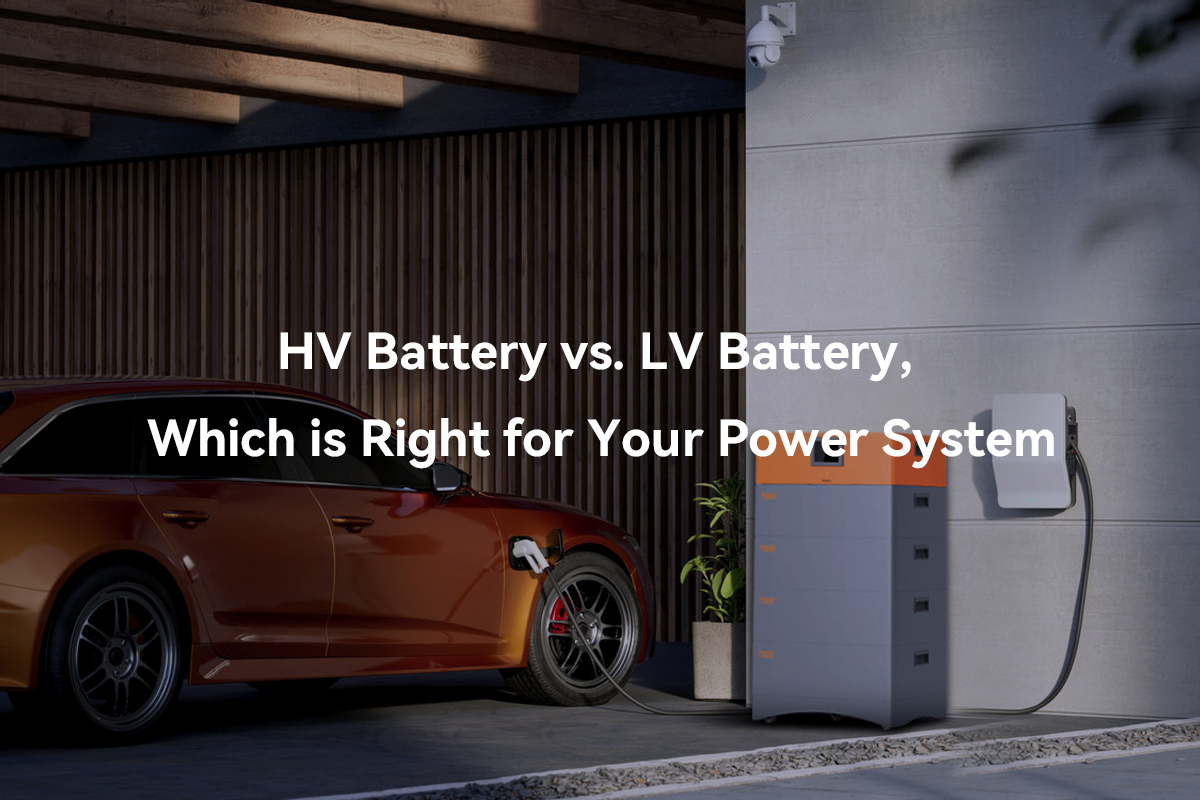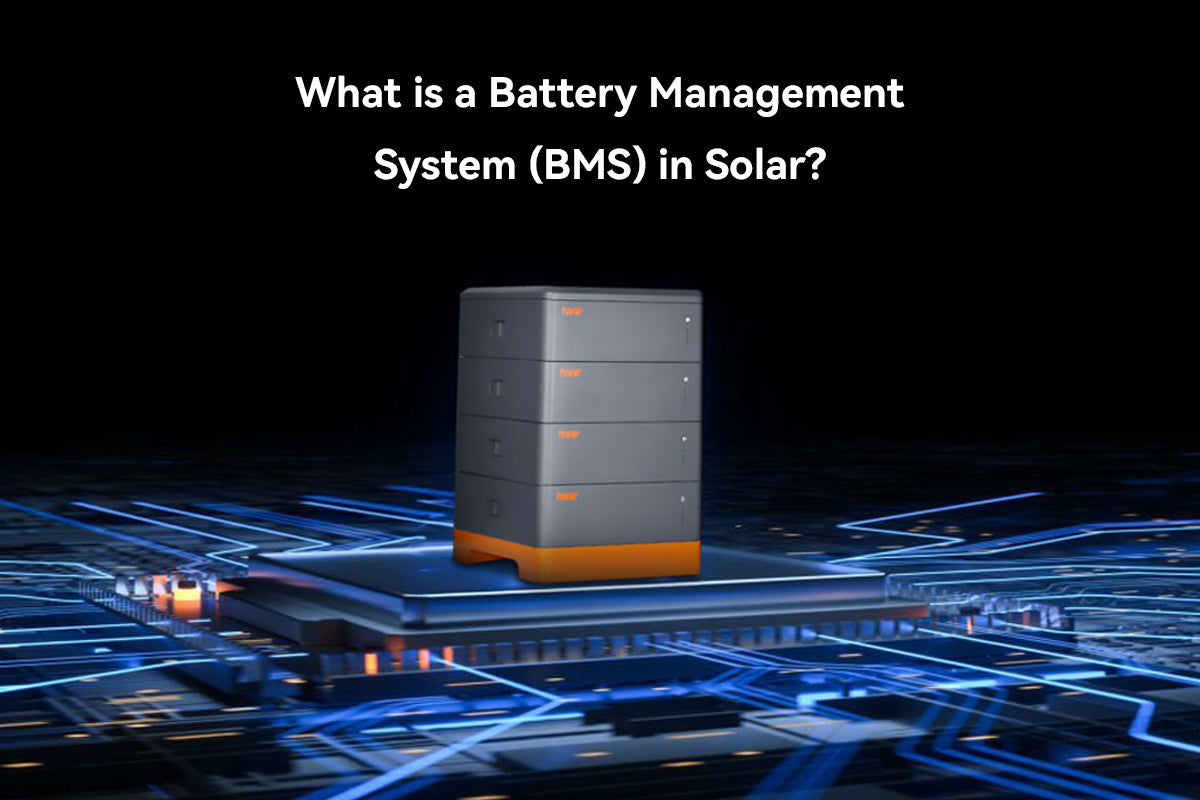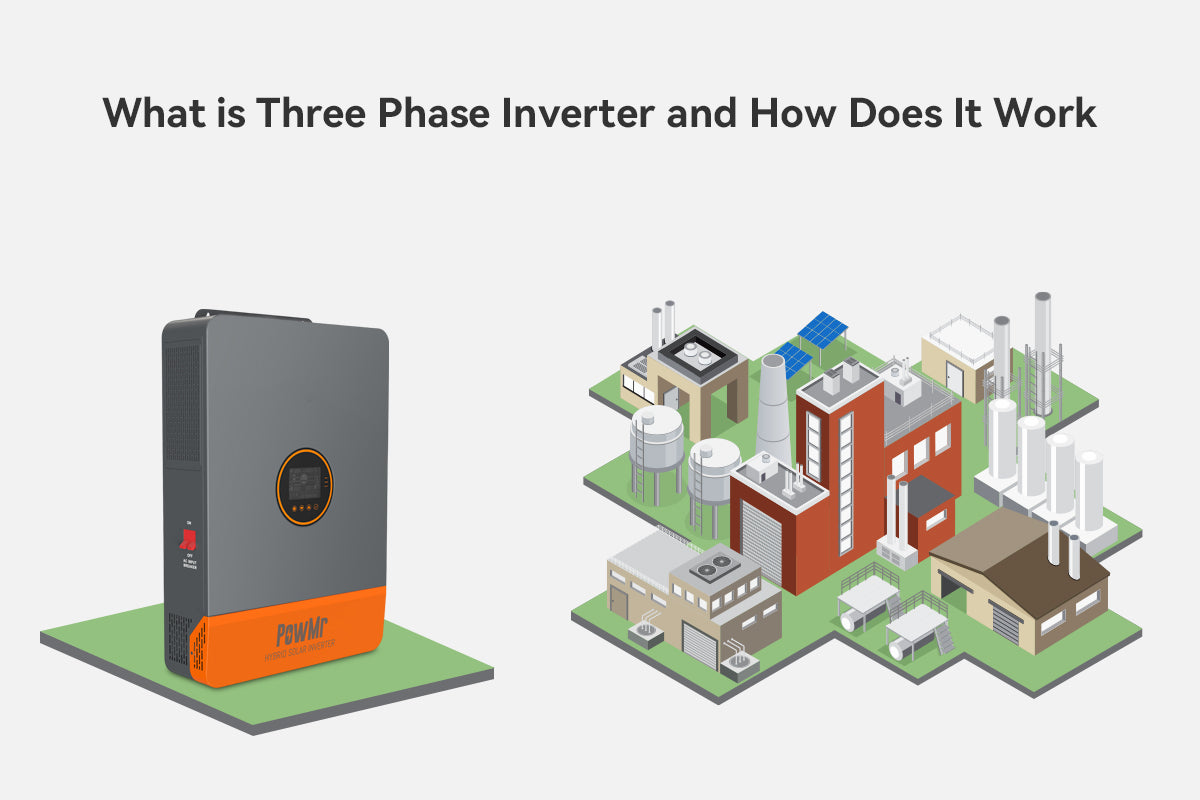Lithium batteries are widely utilized in various electronic devices, ranging from smartphones to solar installations. In terms of voltage, lithium solar batteries can be broadly categorized into two types: high voltage batteries and low voltage batteries. For those using appliances with 220v/110v power requirements, the distinction between high and low voltage batteries may raise questions.
In reality, each type of battery has its own advantages and disadvantages. High voltage may lead to circuit damage, while low voltage could potentially impact performance. Therefore, it is crucial to recognize the differences between these two types in order to gain a deeper understanding of their operating principles and application scenarios.
What is Voltage
Voltage, often measured in volts, is a fundamental electrical quantity that represents the electric potential difference between two points in an electrical circuit. It is a measure of the force or pressure that drives an electric current through a conductor, such as a wire. In simple terms, voltage is what pushes electric charges (usually electrons) to move through a circuit.
Imagine a water tank where the water level represents potential energy, rather than the relative height of the tank. The greater the depth of water in the tank, the higher the water pressure. Similarly, an increase in voltage in a circuit propels electric charges, facilitating the flow of current, much like water flowing through a pipe.
What is HV Battery
"HV Battery" means high voltage battery, designed to operate at higher voltage levels, typically ranging from 100V to 600V or more. These batteries typically operate at voltage levels higher than conventional batteries, reducing current levels, minimizing energy losses during charge and discharge cycles. This results in a more efficient and responsive energy storage system.
What is LV Battery
"LV Battery," or Low Voltage Battery, refers to batteries designed to operate at lower voltage levels, commonly ranging from 2V to 48V. Unlike high voltage batteries, these systems are characterized by reduced voltage, making them suitable for various applications such as small electronic devices, small-scale solar power systems, and automotive applications.
What is the difference between LV vs HV Battery
Energy Output Power
High Voltage (HV) batteries generally have higher energy output power compared to Low Voltage (LV) batteries. When Ah capacity is the same, HV batteries allow for more efficient energy transfer and lower current. Since power (P) equals voltage (V) multiplied by current (I), i.e., P = VI, increasing voltage results in a decrease in current, and vice versa, when power is kept constant. Therefore, HV systems can deliver the same power with lower current, reducing resistive losses and enhancing the overall efficiency of the system.
Efficiency
HV batteries, owing to their higher voltage characteristics, enhance the overall efficiency of energy transfer. The inverse relationship between voltage and current in the power equation (P = VI) allows HV systems to maintain constant power with lower current. This reduction in current diminishes resistive losses, resulting in heightened efficiency for HV battery systems.
Taking two stackable batteries of PowMr as an example, both with specifications of 51.2V 100Ah. One configuration maintains a low voltage of 51.2V with four batteries in parallel, while the other configuration connects four batteries in series for a higher voltage of 204.8V. (Read our blog about parallel/string connnection of batteries)
Assuming both systems are supplying a 5000W load over the same period, although the energy capacity is the same at 20.48kWh, the high-voltage system can deliver the same power with lower current.
Specifically, the current for the system with lv batteries is approximately 97.66A, while for the hv batteries system, it is 24.41A. Therefore, the former is more efficient in terms of resistive losses, emphasizing the advantage of high voltage batteries systems in improving energy transfer efficiency.
Charging and Discharging Rates
HV batteries typically exhibit higher charging and discharging rates compared to LV batteries. This is due to the fact that power is the product of voltage and current. As HV systems operate at higher voltages, they can achieve the same power levels with lower current, reducing resistive losses and allowing for faster charging and discharging. Faster charging and discharging rates are essential in applications where rapid energy transfer is crucial, such as in electric vehicles or grid stabilization.
Initial Investment and Installation Costs
HV batteries often have a higher initial investment cost compared to LV batteries. The components and technology required for handling higher voltages can be more expensive. However, the higher energy density and efficiency of HV batteries may offset this initial cost, particularly in larger-scale solar installations where the benefits of higher voltage become more pronounced. Additionally, economies of scale may come into play, making HV systems more cost-effective for larger projects.
Safety Concerns
High-voltage batteries, with their elevated voltage levels, present a higher risk of electrical shocks and fire hazards. Adequate safety measures, such as insulation and advanced battery management systems, are essential to prevent accidents. LV batteries, with lower voltage, may have simpler safety protocols.
Limited Availability
The production and distribution of high voltage batteries may face supply chain challenges, affecting their availability in certain regions. This limitation can impact the adoption of electric vehicles or other applications relying on high voltage batteries.
| Aspect | HV Battery | LV Battery |
|---|---|---|
| Energy Output Power | Higher | Lower |
| Efficiency | Higher | Lower |
| Charging/Discharging Rates | Faster | Slower |
| Temperature Sensitivity | Better | More Sensitive |
| Lifespan/Maintenance | Longer Lifespan, Lower Maintenance | Shorter Lifespan, Higher Maintenance |
| Initial Investment/Installation | Higher Costs | Lower Costs |
| Safety Concerns | Higher Risk | Lower Risk |
| Limited Availability | Supply Chain Challenges | More Widely Available |
Conclusion - Advantages & Applications
High Voltage (HV) batteries and Low Voltage (LV) batteries serve distinct roles in various applications, each tailored to meet specific requirements. The choice between HV and LV batteries depends on the application's demands, efficiency considerations, and safety factors.
Advantages of HV Battery
-
Efficient Power Transmission
HV batteries excel in applications where long-distance power transfer is crucial. Due to their higher voltage, they enable power transmission with reduced current, minimizing resistive losses during the process. -
High Power Requirements
High Voltage (HV) batteries are suitable for high-power applications due to their ability to deliver larger amounts of energy quickly. Their design incorporates advanced materials and configurations that enhance power density, enabling efficient performance in scenarios with demanding power requirements. -
Enhanced Electric Vehicle Performance
In the context of electric vehicles (EVs), HV batteries play a crucial role in enabling extended driving ranges and higher acceleration capabilities. The increased voltage facilitates efficient power transmission to electric motors, resulting in improved overall vehicle performance.
Applications where HV Batteries Excel
-
Grid-Scale Energy Storage
HV batteries are advantageous for large-scale energy storage systems associated with power grids. -
Electric Vehicles
HV batteries are essential components in electric vehicles, contributing to extended driving ranges and improved acceleration. -
Commercial and Industrial Energy Systems
Large commercial and industrial setups benefit from the high power capabilities of HV batteries for efficient energy storage and utilization.
Advantages of LV Battery
-
Safety and Simplicity
LV batteries are preferred in applications where safety and simplicity are paramount. The lower voltage levels contribute to a reduced risk of electrical hazards and simplify the design of associated electronic circuits. -
Space and Weight Considerations
LV batteries are favored in scenarios where space constraints or weight considerations are critical. Despite lower power transmission efficiency compared to HV batteries, LV batteries provide a cost-effective and reliable solution for applications with lower power demands.
Applications where LV Batteries are the Preferred Choice
-
Small Residential Energy Storage
LV batteries are commonly used in small residential setups where safety and simplicity are essential. -
Portable Electronic Devices
LV batteries are ideal for powering portable electronic devices due to their safety features and space efficiency. -
Off-Grid Installations with Moderate Energy Demands
In off-grid installations with moderate energy demands, LV batteries provide a practical and reliable solution, considering safety, simplicity, and space constraints.



